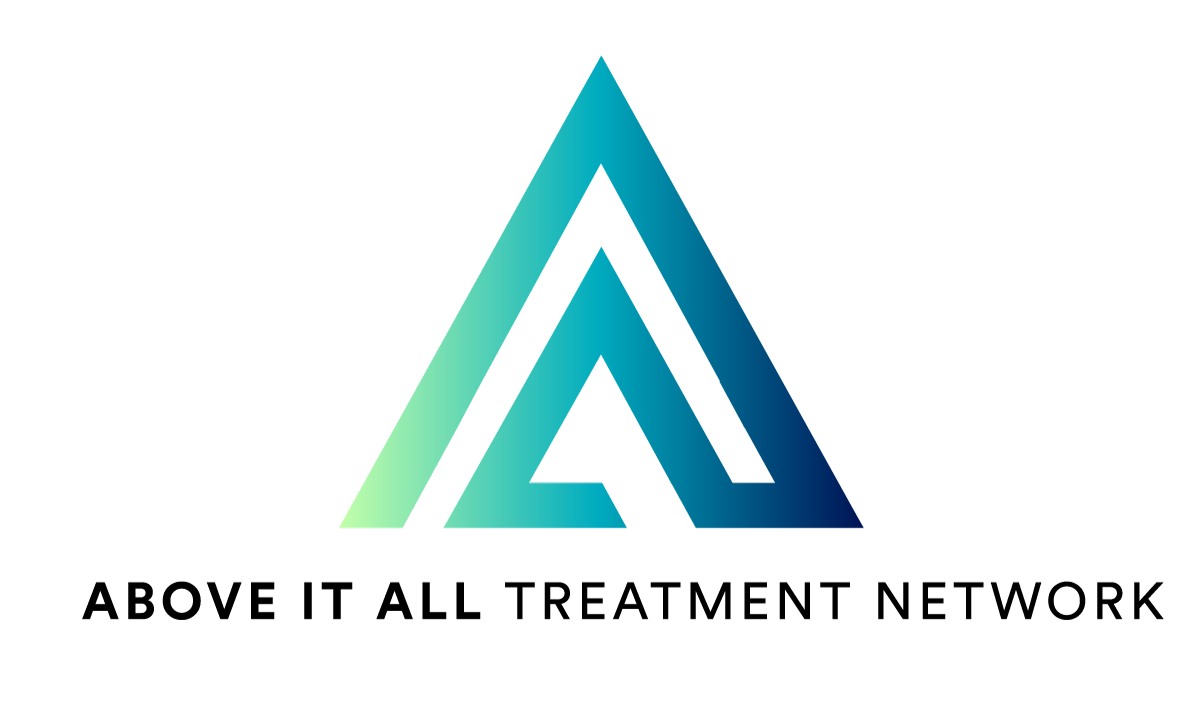It can be extremely difficult to admit you have a problem with drug abuse or alcohol. Most people experience feelings of shame and embarrassment when it comes to admitting they have a problem, so if you’re reading this and feel that way, you aren’t alone.
Above It All is here to let you know that no one is perfect and you shouldn’t be ashamed to look for help. It’s never too early or late to seek addiction treatment. Because addiction takes many shapes and forms, there are a ton of different treatment options out there available for you that you should be aware of.
How to Find Addiction Treatment for Yourself
First and foremost, if you find yourself here, you should be very proud of yourself for taking the necessary steps to get better. It takes a tremendous amount of strength to not only admit you need help, but to actually do something about it.
When seeking addiction treatment, a good first step to take is educating yourself on the various types of treatment available. The main forms of addiction treatment are detoxification, inpatient/residential, intensive outpatient, partial hospitalization, and outpatient. The overall goal of each form of treatment is the same but the length and times of the programs will vary. The type of treatment you choose will be based on what you’re addicted to. For example, not all substance abuse disorders require detox. To start research you can perform a simple google search, use an addiction resource such as Above It All, call your primary care physician, or ask family and friends.
Determining the Best Program for You
Now that you are ready to find the best addiction treatment program for you, be selfish. Put yourself first during this process and really think hard about what you think will make you happy during treatment. Maybe location is important for you. There are plenty of addiction facilities near the beach and immersed in nature. Maybe the structure of the facility is most important to you. Some facilities offer shared rooms and some have private only bedrooms. If you are big on mindfulness and meditation, you can choose a program that incorporates those things.
After you narrow down a location, you can start to think about what kind of addiction treatment you want to pursue:
Inpatient or residential programs: Inpatient and residential treatment programs on average last about 30-60 days (there are longer programs as well). During this kind of treatment you will live at the facility. Some programs have shared rooms and some have private ones. You will eat all of your meals here and attend individual and group therapy sessions. If you require detox, you will do this at the beginning of your stay under medical supervision. This is the safest way to detox off of a substance. These programs are beneficial because staff is always onsite to help you, should you need anything. You are also removing yourself from society for a period of time. A lot of people think of this program as a good break and can focus 100% on recovery.
Intensive outpatient programs: Often shortened to an IOP, is a program that can be used as a transition step once you leave inpatient or an alternative to an inpatient facility. If you attend an IOP program, you will go onsite to the facility multiple times a week for about 4-6 hours at a time. You will participate in individual and group therapy, like you would in inpatient, but you eat and sleep at home.
Outpatient programs: These programs provide the most flexibility in terms of treatment. Outpatient can be a transition step once you leave an IOP or can be used as an alternative to inpatient or IOP. If you are a single parent or cannot afford to take off of work, this is a great treatment option for you. Clients attend outpatient a few times a week (less than IOP) and therapy sessions can last anywhere from 4-6 hours.There are lots of types of outpatient treatment, including support groups, and the goal is to keep you sober.
Things to Consider
There are a few things regarding your addiction to keep in mind when seeking treatment:
- How severe is my addiction?
- Do I need detox?
- Do I have any mental health issues like depression or PTSD?
- The type of insurance I have
- How long do I think I should be in treatment?
- Will I need a referral to a program?
All of the above mentioned are factors that will help determine the best course of treatment for you.
Don’t Wait to Get Help
At Above It All, we are a free addiction treatment placement service that provides those struggling with substance abuse assistance in finding the right treatment for them. We provide a 24/7 comprehensive treatment matching service. Our program includes admissions, insurance verification, transportation assistance, and care management from start to finish. If you are looking for help finding addiction treatment and rehab in California, please give us a call!
